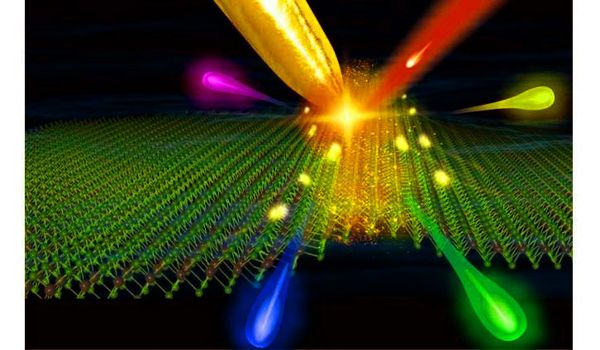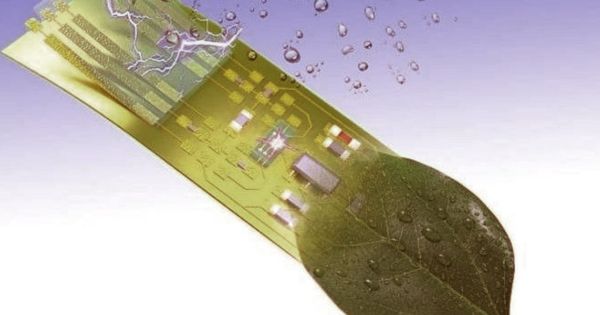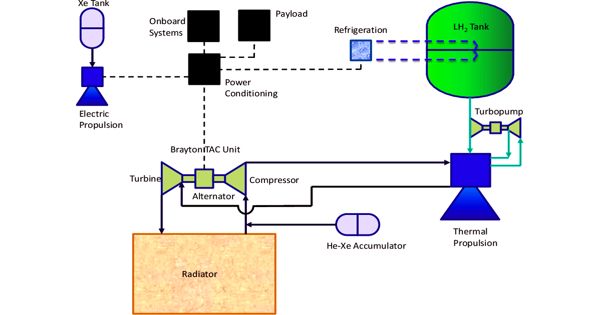A team of researchers from the University of Massachusetts Amherst developed an electronic microsystem that can intelligently respond to information inputs without the need for external energy, similar to a self-autonomous living organism. The microsystem is built with a new type of electronics that can process ultralow electronic signals and includes a device that can generate electricity “out of thin air” from the surrounding environment.
The groundbreaking research was published in the journal Nature Communications.
Jun Yao, an assistant professor in electrical and computer engineering (ECE) and an adjunct professor in biomedical engineering, co-led the study with Derek R. Lovley, a Distinguished Professor in microbiology.
A research team has created an electronic microsystem that can intelligently respond to information inputs without any external energy input, much like a self-autonomous living organism.
Both of the microsystem’s key components are made of protein nanowires, a “green” electronic material that is produced renewably from microbes without producing “e-waste.” The study foreshadows the potential of future green electronics made from sustainable biomaterials that are better suited to interact with the human body and diverse environments.
According to the U.S. Army Combat Capabilities Development Command Army Research Laboratory, which funds the research, this ground-breaking project is producing a “self-sustaining intelligent microsystem.”
The lead author is Tianda Fu, a graduate student in Yao’s group. “It’s an exciting first step toward investigating the feasibility of incorporating ‘living’ features into electronics. I’m looking forward to seeing how things progress “Fu stated.

The project is an ongoing evolution of the team’s recent research. Previously, the research team discovered that electricity can be generated from the ambient environment/humidity using a protein-nanowire-based Air Generator (or ‘Air-Gen,’ a device that produces electricity continuously in almost all environments found on Earth. The Air-Gen invention was published in the journal Nature in 2020.
Yao’s lab also reported in Nature Communications in 2020 that the protein nanowires can be used to build electronic devices called memristors that can mimic brain computation and work with ultralow electrical signals that match the amplitudes of biological signals.
“We’re finally putting the two together,” Yao said of the creation. “We create microsystems in which the electricity generated by Air-Gen is used to power sensors and circuits made of protein-nanowire memristors. The electronic microsystem can now obtain energy from its surroundings in order to support sensing and computation without the need for an external energy source (e.g. battery). It has full energy self-sustainability and intelligence, just like a living organism’s self-autonomy.”
The system is also made of biomaterials that are good for the environment, such as protein nanowires derived from bacteria. Yao and Lovely created the Air-Gen from Lovley’s discovery of the microbe Geobacter many years ago, which was then used to generate electricity from humidity in the air and later to build memristors capable of mimicking human intelligence.
“So, from both function and material standpoints,” Yao explains, “we are making an electronic system more bio-alike or living-alike.”
“The work demonstrates that a self-sustaining intelligent microsystem can be built,” said Albena Ivanisevic, biologics program manager at the U.S. Army Combat Capabilities Development Command Army Research Laboratory. “UMass researchers have demonstrated the use of artificial neurons in computation. It’s especially exciting that the protein nanowire memristors are stable in aqueous environments and can be further functionalized. Additional functionalization not only promises to improve their stability, but also to broaden their utility for sensor and novel communication modalities important to the Army.”















